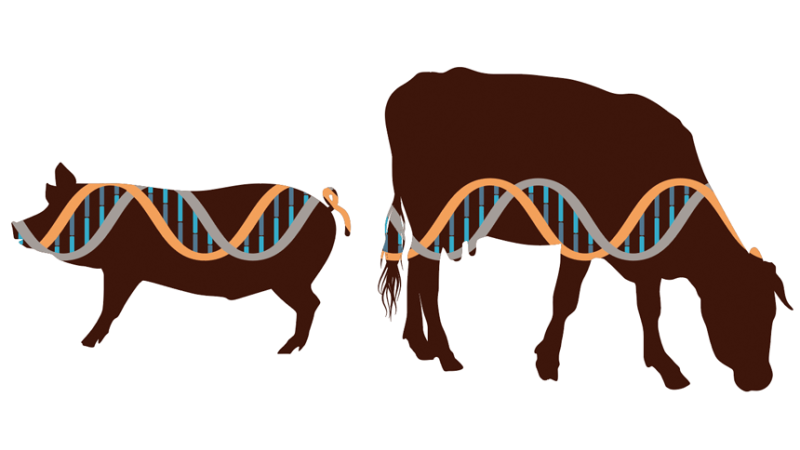A 2017 draft Food and Drug Administration guidance proposes mandatory, multigenerational premarket new animal drug evaluation of all “intentional genomic alterations” induced by site-directed nucleases such as CRISPR in food animal genomes, irrespective of the novelty of the alteration or the existence of any hazards in the resulting product. Such a regulatory approach will effectively introduce additional layers of regulatory scrutiny on products produced using gene editing that are no different from those that could have been obtained using conventional breeding. Although this guidance may not directly impact the basic research community, due to Food and Drug Administration regulatory discretion around genetic modifications in model species, the potential opportunity cost of placing high regulatory costs on gene-edited food animals based solely on the use of modern molecular methods to introduce genomic alterations has potential global implications in terms of sustainability of food animal production.
…
Applying a new animal drug regulatory framework to intentional genomic alterations made by gene editing tools such as CRISPR, in cases where they are used to make edits that are identical to existing genetic variants or those that might arise spontaneously, is neither proportional to product risk nor agnostic to the modification technique. Unfortunately, lengthy process-based regulation triggered by human “intention” may effectively preclude animal breeders from employing gene editing to introduce beneficial genetic alterations such as disease resistance alleles into our food animal populations.
Read full, original post: The Importance of a Novel Product Risk-Based Trigger for Gene-Editing Regulation in Food Animal Species































